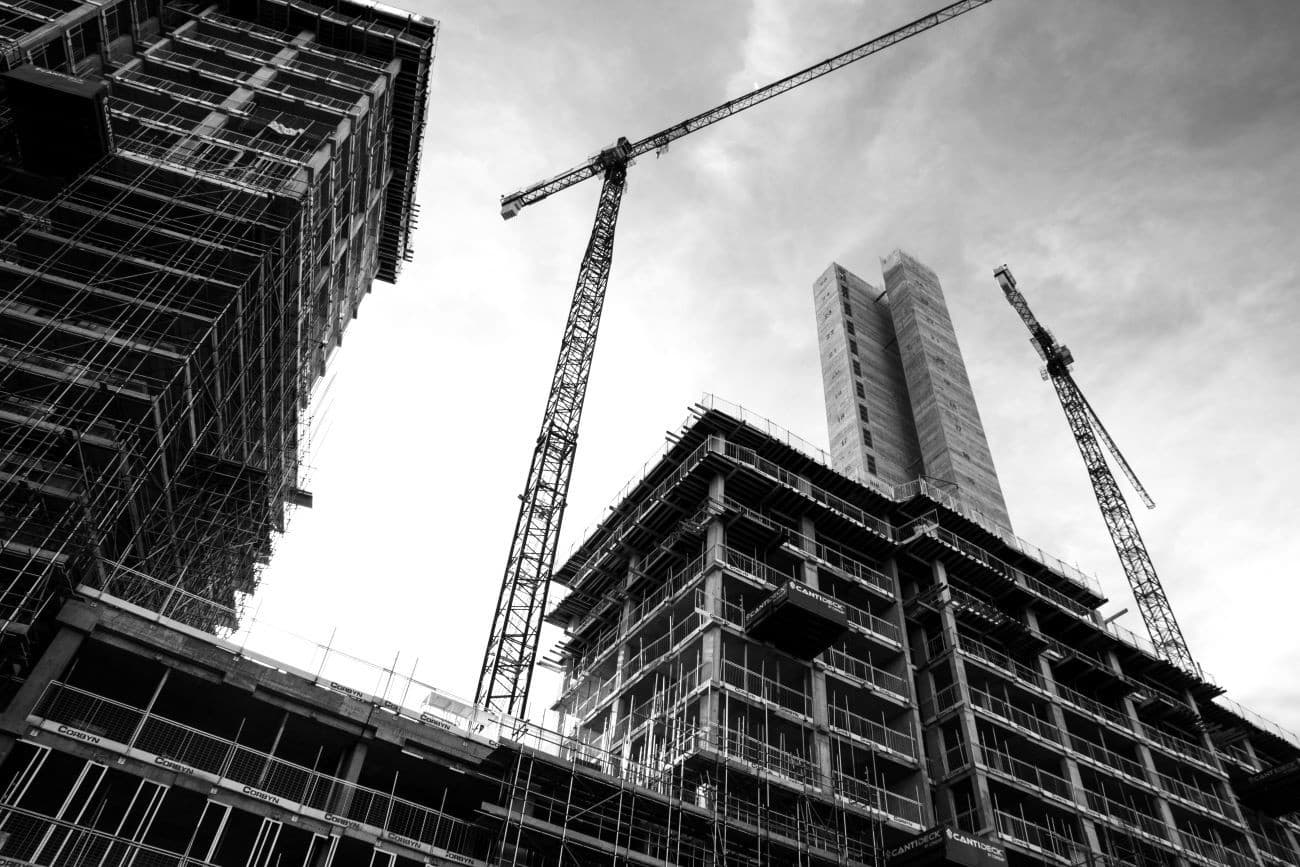The Building Safety Act 2022 signifies a major transformation in the regulatory framework for procurement, design and construction which introduced new procedural requirements for the Building Regulations.
This article specifically addresses the procedural changes to the Building Regulations that arise from this legislation, rather than the broader implications of the Act itself.
While the Act introduces a range of reforms aimed at improving building safety, our focus here will be on the amendments that impact the roles and responsibilities of dutyholders.
Dutyholder Roles
The Building Regulations creates new dutyholder roles and competence requirements for all building work subject to Building Regulations. These newly established new duty holder roles, include clients, designers, Principal Designers, contractors and Principal Contractors. Although this new structure is similar to CDM 2015 Regulations, it’s entirely separate from it.
Demonstrating Competence
Anyone undertaking design work and building work must be appropriately competent. Individual Designers and Contractors must have the appropriate Skills, Knowledge, Experience & Behaviours. If they are an organisation, they must have the organisational capability to carry out their duties in a way that is compliant with the Building Regulations. A proactive approach to demonstrating compliance is essential, placing the responsibility on those who appoint the roles to assess and manage the competence of appointed parties effectively.
Higher-Risk Buildings
The Building Regulations introduce a new definition of buildings called “Higher-Risk Buildings”.
“Higher-risk buildings are defined as those that are 18 meters tall or seven stories high with two or more residential units, a hospital or care home These structures are subject to a different approach and require approval from the Building Safety Regulator. In contrast, all other buildings can continue to follow traditional building control procedures, highlighting the varying regulatory landscape depending on a building’s classification.
The Evolving Role of Building Control
The role of building control authorities is evolving in response to the new regulations. Building control now functions as a regulator, as originally intended, limiting their advisory capacity regarding compliance, to reduce the risk of become a designer dutyholder. This shift places the onus on dutyholders to proactively demonstrate compliance through their design and construction processes, reinforcing the necessity for thorough documentation and management practices.
Dutyholder Declarations
One key aspect of the Building Regulations is the importance of dutyholder declarations required by the Building Control Authority before the issuance of any completion certificate. Clients must provide a robust declaration confirming that their work complies with building regulations. This process demands that clients establish strong management arrangements to ensure compliance throughout the project lifecycle.
Changes in Liability
The BSA has introduced changes to liability periods, extending the time frame within which claims can be made against parties involved in construction projects. This modification allows for claims to be pursued under secondary legislation for periods of up to 15 years, increasing accountability within the industry.
As professionals in the built environment, it is imperative to stay informed and adapt to these regulations.


